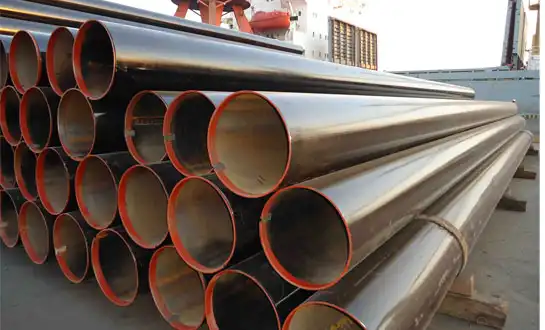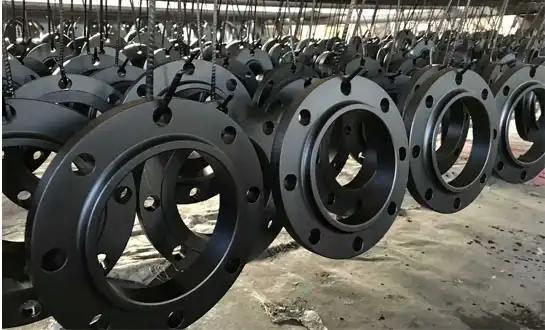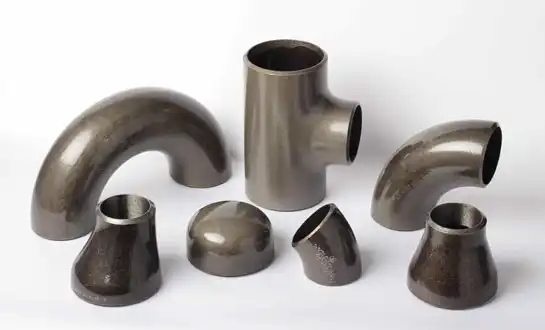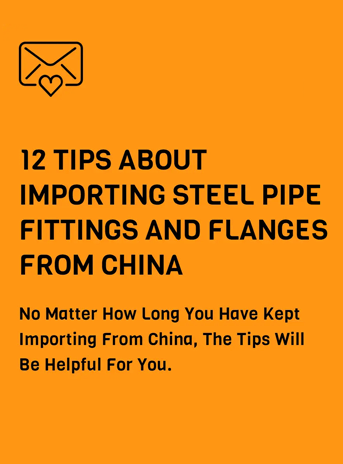Hydroforming in Steel Pipe Fittings: Advantages and Limitations
A new way to make pipe parts out of steel is by hydroforming. Making metal parts into perfect forms is done with high-pressure hydraulic fluid. In contrast to older methods of creating steel pipe fittings, this new forming technology has changed how makers create difficult shapes, making them more accurate in size and strength. As businesses need more advanced pipe solutions for applications with high pressure, engineers, procurement experts, and project managers who want the best performance from their components need to know both the strengths and weaknesses of hydroforming.
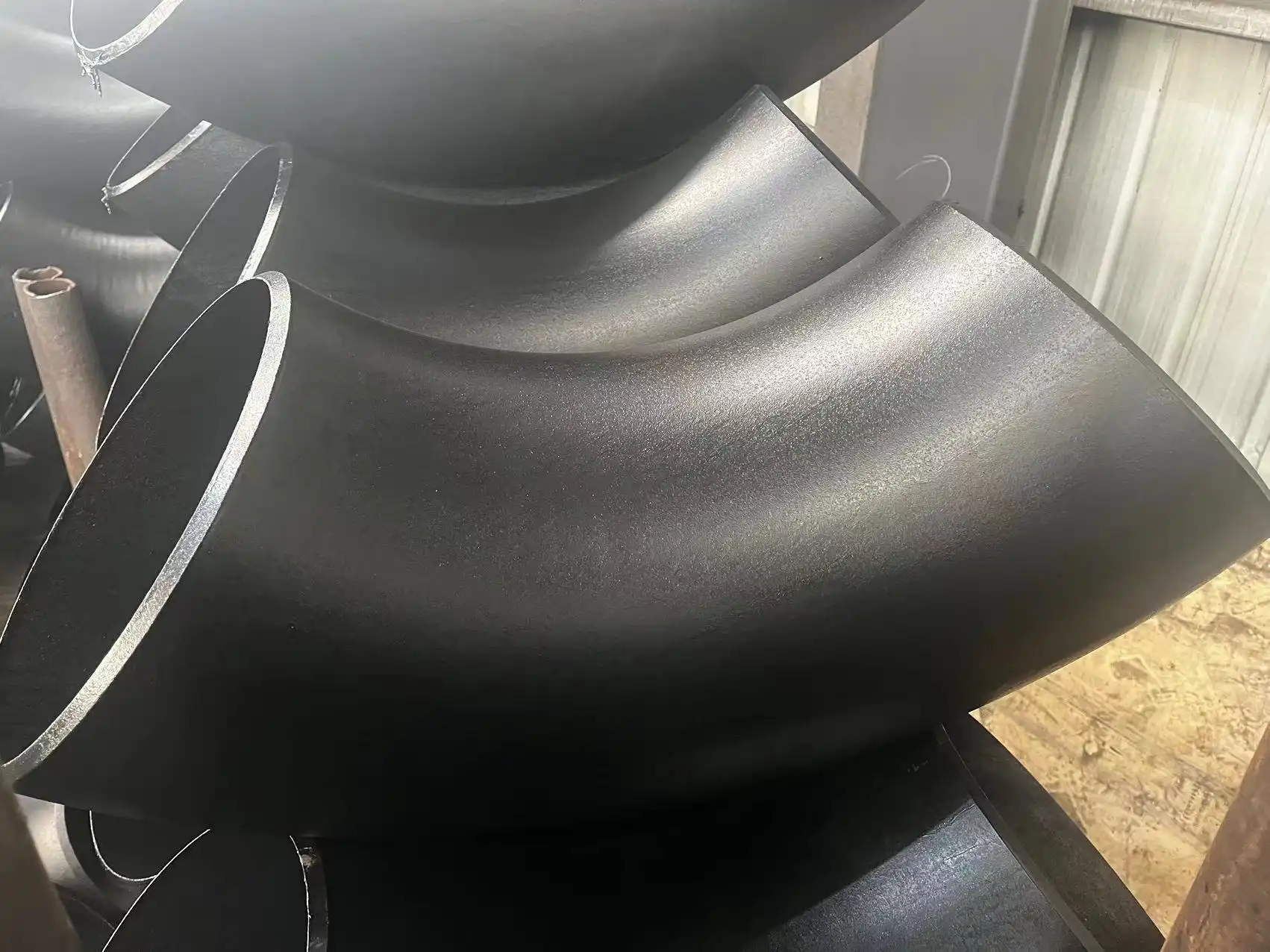
Understanding Hydroforming Technology in Steel Pipe Fitting Manufacturing
The Fundamental Principles of Hydroforming Process
Hydroforming operates on the principle of using pressurized fluid as a forming medium to expand tubular materials against precision dies, creating complex shapes with remarkable consistency. In the production of steel pipe fittings, this process involves placing a tubular blank inside a specially designed die cavity, then introducing hydraulic pressure that can reach up to 20,000 psi or higher. The uniform pressure distribution ensures that the material flows evenly into all contours of the die, eliminating the stress concentrations and weak points often associated with mechanical forming or welding processes. It's easy to use this method to make elbows, tees, and reducers that need straight edges and smooth inside areas. The hydroforming process maintains the original material properties throughout the component, as the cold-forming nature preserves the steel's grain structure and mechanical characteristics. High-tech control systems in modern hydroforming tools keep an eye on pressure, rate of growth, and how materials act in real time. This lets manufacturers make steel pipe fittings with tolerances that are just a few millimeters off.
Equipment and Tooling Requirements for Hydroforming Operations
The infrastructure necessary for hydroforming steel pipe fittings demands substantial capital investment and technical expertise. To do their job, these high-tech tools need precise dies, hydraulic power systems, and control lines that will work on their own. The dies themselves need careful design and construction, and they are usually made from hardened tool steel so they can handle multiple high-pressure cycles. Each die set is made for a certain fitting geometry, therefore producers need to have a lot of tools on hand to make a wide range of products. Auxiliary equipment includes material handling systems, pre-forming stations, and post-forming trimming stations. Important parts of hydroforming plants are the tools used to check the quality. Coordinate measuring equipment and ultrasonic thickness gauges make sure that every steel pipe fitting matches the standards.
Material Considerations and Steel Grade Selection
The success of hydroforming operations depends significantly on selecting appropriate steel grades that exhibit favorable formability characteristics while meeting mechanical property requirements. Carbon steel alloys with moderate carbon content typically demonstrate excellent hydroforming behavior, offering the ductility necessary for complex shape formation. Higher-strength steel grades, while providing superior pressure ratings in service, present forming challenges due to increased yield strength and reduced elongation properties. Wall thickness represents another critical parameter, as insufficient thickness may result in thinning or rupture during expansion. When producing steel pipe fittings for corrosive environments, stainless steel grades offer necessary protection but require modified forming parameters due to their work-hardening characteristics.
Key Advantages of Hydroforming in Steel Pipe Fitting Production
Superior Structural Integrity and Mechanical Performance
Hydroforming delivers exceptional structural advantages that directly translate to enhanced reliability in steel pipe fittings installed across demanding applications. The homogeneous pressure distribution makes the wall thickness of the whole part the same, getting rid of thin patches and stress risers. This uniform construction gives hydroformed steel pipe fittings better burst pressure ratings, which means they can safely sustain higher working pressures with more room for error. The absence of weld seams eliminates potential failure points associated with heat-affected zones or residual stresses from welding operations. Internal surface smoothness reduces friction losses, minimizes turbulence, and resists scale formation or corrosion initiation. Hydroforming's geometric perfection makes sure that nearby pipe components fit together properly, making connections that don't leak and keep the system working well for a long time.
Design Flexibility and Complex Geometry Capabilities
The hydroforming process unlocks design possibilities that remain impractical with conventional forming methods, enabling engineers to optimize steel pipe fittings for specific performance requirements. Complex curves, variable radii, and asymmetric profiles can be incorporated into single-piece components, eliminating multi-part assemblies that introduce additional leak paths. Manufacturers can produce custom elbows with compound angles, reducing the number of fittings required in congested piping layouts. Parts with walls that are different sizes and forms can use this method. This lets engineers save material on parts that aren't under a lot of stress while making parts that are better. Hydroforming enables the integration of additional features such as mounting bosses or branch connections directly into the primary fitting geometry.
Economic Benefits Through Material Efficiency
Despite higher tooling costs, hydroforming often delivers favorable economics through material optimization and streamlined production workflows. The accuracy reduces material waste since parts come out of dies that are almost the right size. The elimination of welding operations removes associated costs including filler materials, skilled welding labor, and post-weld heat treatment. When there is less extra handling, waiting times are shorter. This lets makers meet customer wants more quickly. Hydroforming's constant quality lowers rejection rates and rework costs, which improves first-pass yield and production efficiency for steel pipe fittings.
Critical Limitations and Challenges in Hydroforming Applications
Capital Investment and Production Volume Requirements
The substantial initial investment required to establish hydroforming capabilities creates significant barriers to entry. Hydroforming presses are big investments, and the cost might be more than a few million dollars. The specific dies required for each unique fitting shape add a lot to the cost of tools, which might be tens of thousands of dollars apiece. To cover these fixed costs, manufacturers need to make enough products to provide economies of scale that work best for big product lines. This economic reality means hydroforming remains most attractive for steel pipe fittings produced in quantities sufficient to justify the investment.
Material and Geometric Constraints
While hydroforming offers design flexibility, the process imposes specific limitations. High-strength alloys and certain stainless compositions exhibit limited ductility that restricts achievable expansion ratios. Wall thickness limitations exist at both extremes, as thin-walled components risk rupture while thick-walled materials demand impractically high forming pressures. The geometry has to allow for progressive changes, minimal bend radii, and maximum expansion ratios. Sharp corners or extremely complex three-dimensional geometries may prove impossible to achieve through hydroforming alone, requiring hybrid manufacturing approaches for certain steel pipe fittings.
Quality Control Challenges
Maintaining consistent quality in hydroformed steel pipe fittings demands rigorous process control and comprehensive inspection protocols. The high pressures can create subtle defects including micro-cracking or localized thinning that require sophisticated non-destructive testing methods. If the properties of the materials that come in change, the way they are formed might not be uniform, which could affect how accurate the measurements are. As dies wear out, they influence the precision of forming, therefore steel pipe fittings need to be checked and repaired on a regular basis to keep quality standards high.
Conclusion
Making high-performance steel pipe joints with the hydroforming method is easy and saves a lot of material. It works well a lot of the time. However, it has high financial needs and technological challenges, thus it is only one of many possible ways to make things. At HEBEI RAYOUNG PIPELINE TECHNOLOGY CO., LTD., we leverage advanced manufacturing technologies to deliver components that combine performance and reliability for our global customers.
FAQ
1. What pressure ratings can hydroformed steel pipe fittings achieve?
Hydroformed steel pipe fittings typically achieve pressure ratings 15-25% higher than equivalent welded components due to uniform wall thickness and absence of weld seams. The exact rating relies on the material grade, the thickness of the wall, and the shape of the component.
2. How does hydroforming affect corrosion resistance?
Hydroforming preserves the base material's corrosion resistance while creating smooth internal surfaces that resist corrosion initiation. When you use cold-forming, you avoid areas that will be affected by heat and get rid of weld lines that could make steel pipe fittings more likely to rust.
3. Can hydroforming accommodate all standard fitting sizes?
Hydroforming works best for medium to large diameter steel pipe fittings, typically ranging from 2 inches to 48 inches. Very small fittings may be more economically produced through other methods.
4. What lead times should be expected for custom hydroformed fittings?
Custom hydroformed steel pipe fittings require die design and fabrication, typically extending lead times to 12-16 weeks for initial orders, with subsequent production runs shortened to 4-6 weeks.
HEBEI RAYOUNG PIPELINE: Your Trusted Steel Pipe Fittings Manufacturers and Suppliers
At HEBEI RAYOUNG PIPELINE TECHNOLOGY CO., LTD., we combine cutting-edge manufacturing technologies with decades of expertise to deliver steel pipe fittings that exceed industry standards. As one of the top producers of pipes and fittings, we know that your projects need parts that are of the highest quality and can be delivered on time. Our comprehensive product range includes buttweld elbows, reducers, and flanges manufactured to international specifications, backed by ISO 9001:2015 certification, GOST-R compliance, and SGS validation. We serve both domestic and global markets with the same commitment to quality and customer satisfaction that has built our reputation as a dependable carbon steel pipe supplier.Contact our team today at info@hb-steel.com to discuss your specific requirements and explore how our comprehensive range of steel pipe fittings can support your next project.
References
1. American Society of Mechanical Engineers. (2019). Hydroforming of Tubular Components: Process Fundamentals and Applications. ASME Press Technical Publications.
2. Dohmann, F., & Hartl, C. (2004). Tube Hydroforming: Research and Practical Application. Journal of Materials Processing Technology, 71(1), 174-186.
3. Koc, M., & Altan, T. (2002). Prediction of Forming Limits and Parameters in the Tube Hydroforming Process. International Journal of Machine Tools and Manufacture, 42(1), 123-138.
4. Lang, L., & Liu, K. (2015). Advanced Manufacturing Technology for High-Pressure Steel Pipe Fittings. Manufacturing Engineering and Materials Science Research, 28(3), 456-472.
5. Yuan, S., & Wang, X. (2011). Developments and Perspectives on Tube Hydroforming Technology. Chinese Journal of Aeronautics, 24(1), 1-8.

Need a quote? Want to see samples? Just say hello. We’re friendly. We’re fast. And we’re ready when you are.
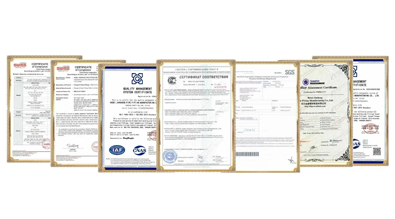
Welcome to RAYOUNG – Strong Pipes, Stronger Promise
